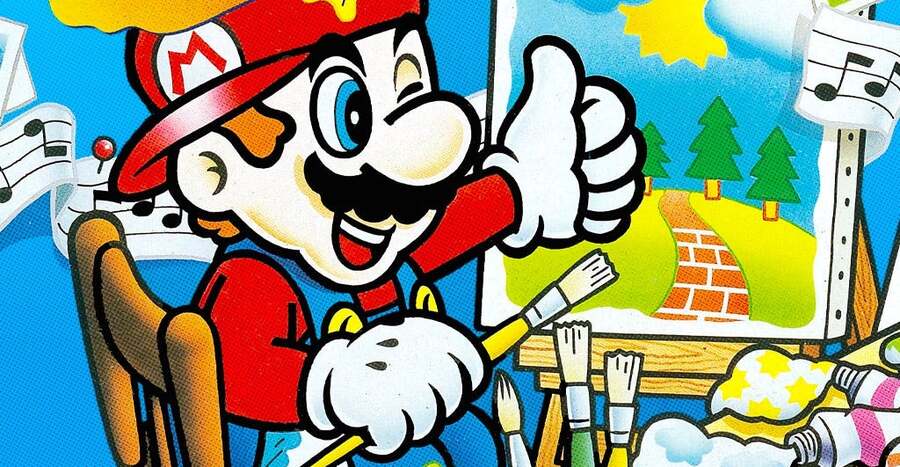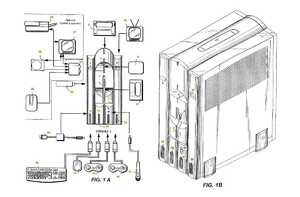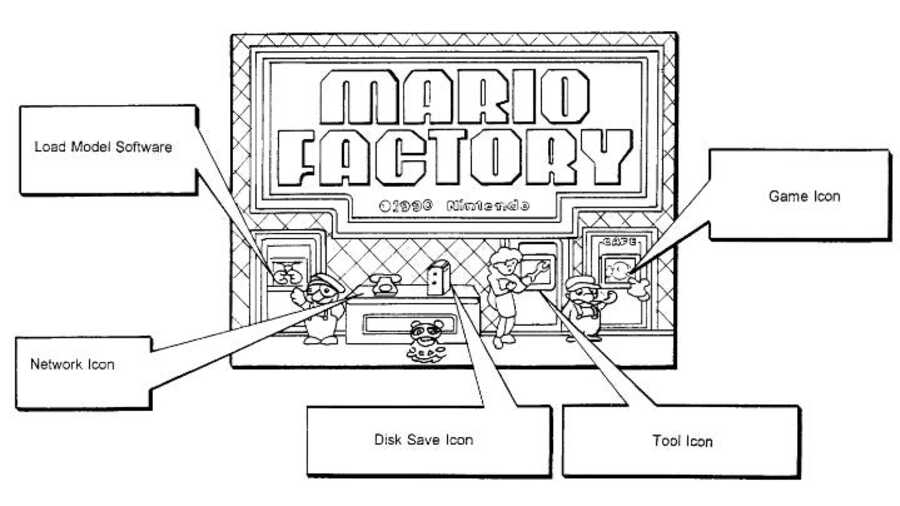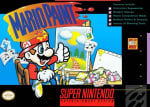
As you may or may not recall, last year we interviewed the Star Fox programmer Giles Goddard about his career at Nintendo or an article for the site. This saw us asking Goddard all kinds of questions about his work on Super Mario 64 and 1080° Snowboarding, as well as his time as a second-party Nintendo developer, and his more recent output with Chuhai Labs.
Something we didn't mention at the time, however, was that we also asked the developer a couple of questions about the Mario Artist games (inspired by our research into Mario Artist: Paint Studio). This prompted him to share an interesting theory about the making of the family-friendly creation suite, with the programmer telling us that Mario Paint and the Mario Artist series may have itself been inspired by an internal piece of Super Nintendo software that was in use at Nintendo.
Speaking exclusively to Time Extension, Goddard recalled:
"In EAD, Nintendo had sort of a Mario Paint-type tool for making all the graphics. It was a tool that ran on the hardware itself — not on a PC — to make the graphics. I think that’s where Mario Paint came from basically. The idea of if we can make these graphics on consoles, well, maybe other players can make their own graphics and stuff. I think that’s where the idea came from."
As much as we were tempted to rush to share this, we felt it was worth taking a little bit more time to look into the topic before publishing, so we scoured through videos of Nintendo's Japanese HQ, contacted Nintendo employees, and looked through countless new sources to try and locate the Super Nintendo software Goddard may have been talking about.

From these inquiries, we were able to get in touch with the F-Zero artist Takaya Imamura.
We asked Imamura-san whether he remembered a Mario Paint-like software used by Nintendo artists, but he seemed to immediately throw a spanner in the works, answering that artists only ever used a CAD program that was installed on a regular PC.
This led us to believe that Goddard may be getting his wires crossed and that he might have been remembering a piece of consumer software planned for the Nintendo software development kit, the Game Processor — a rare machine that combined a Super Nintendo Entertainment System with a 32-bit computer and featured ports for SNES controllers, a mouse and keyboard, as well as a floppy disk drive.
This machine was first announced in Japanese magazines in 1993 (note: one year after the release of Mario Paint) and was originally unveiled as a piece of hardware people could plug into their TV to create their own games at home. However, it seems to have only ever been used by students at the HAL College of Technology & Design in 1995 (in other words, not Nintendo employees).

We reached out to Goddard again to see if we could jog his memory and to ask him whether he had heard of the Game Processor and soon got a response back. Over email, the programmer didn't refer to the Game Processor but clarified to us that he was instead referring to a never-before-released piece of software called Fundoshi-Kun 3D Tool.
From what we've been able to gather, very little is actually known about Fundoshi-Kun 3D Tool, with its existence only really coming to light back in 2020 during the Nintendo Gigaleak. This is when data miners managed to successfully extract a few images of the creation software including a title screen dated 1993 featuring a person wearing a loincloth and screenshots of what appeared to be a 3D graphics editor.
Given Mario Paint has no such editor, it's probably best at this point to assume Goddard wasn't actually referring to the original 1992 Mario Paint for the SNES when he mentioned "Mario Paint", but instead its successors for the 64DD like Paint Studio, Polygon Studio, and Talent Studio — all of which featured some way of manipulating 3D models.
We tried to tease more information about the nature of this software from Imamura-san who kindly shared that he was responsible for the drawing on the title screen. However, he was hesitant to go into more specifics. So we emailed Dylan Cuthbert, another former Nintendo programmer, with what we'd found so far and asked him whether he had heard of the software and could offer some additional insights into its potential impact on either Mario Paint or Mario Artist.
Less than a day later, he replied, "That was a tool we used towards the end of Star Fox, and then of course on Star Fox 2. It was created by Kawaguchi-san who then joined the Star Fox 2 team as a game-side programmer. When did Mario Paint come out? The Fundoshi Tool would have been during 1992. The pixel tools were CAD yes, the tool above was for doing the 3D modeling as no tools existed to provide the BSP divisioning data we needed to help sort 'complex' models. I have no idea if it had an influence on Mario Paint!"
In the past, we've done some pretty extensive research into the history of Mario Artist: Paint Studio — the first game released in the Mario Artist series — and Goddard's claim is something we've honestly never come across before. As far as we know, the impetus for Paint Studio when it was a 3D creation tool (codenamed Creator) did originally come from Nintendo, with the game being included on the fax delivered to Software Creations' Richard Kay. The same can also be said for the decision to release it as one of four creation tools.
Could it be possible that the idea came from one of Nintendo's own internal tools? Sadly, we couldn't find anything definitive. Yasuhiro Kawaguchi is not listed on the credits of any of the Mario Artist games, and considering he still works at Nintendo, it would be impossible to get him to comment publicly on whether this is the case.
In other words, our investigation is now at a bit of an impasse, but at the very least, we've managed to dig up more info on the software in question. That's got to count for something, right?

